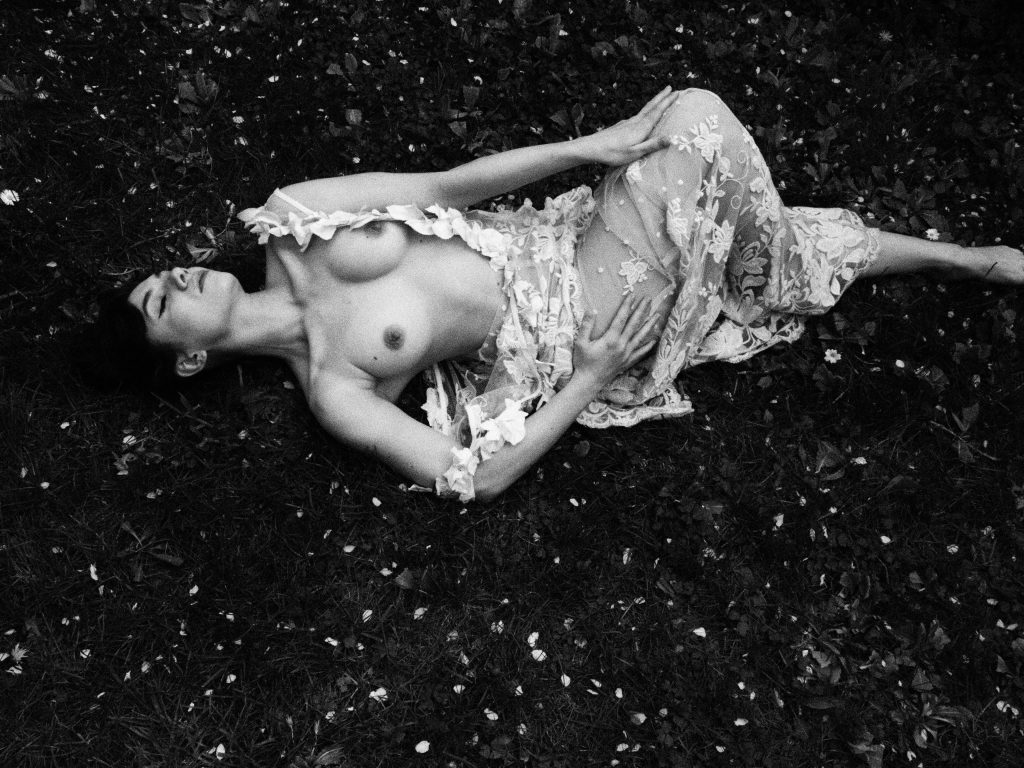
There is a dark romance in danger. Or perhaps there’s danger in the dark romance. The term “Romanticism” originates from a Latin word called “romant”, which means “in the Roman Manner.” Not only has it become an iconic style of art, but also had an affect on literature, music and fashion. It was driven on emotions and imagination rather than science and rationality. The Romantic Movement began in Europe at the end of the 18th century and migrated to America to the early 19th century. Originating in the 18th century, mainly as a literary, artistic, and philosophical movement, dark romanticism characterized itself chiefly as a reaction against neoclassicism and emphasis on the sinful imagination and dark emotions of the people and society as sinful, dark, destructive, and mysterious. This world was created in the English Gothic novels of the late 18th century that fascinated the public with its penchant for the macabre. The movement looked into the dark side of the human psyche. It tends to be engaged with the idea of darkness in the human soul, relating it to obsession with Gothic nature. The focus is on the tragic; the belief in sin and evil, and attention is paid to the mysteries of life. The name of this trend summarizes it perfectly, as overall its inhabitants are romantic and dark. Lace, chiffon and rich velvet, matched with ultra-feminine silhouettes, create a theme that is gothic and brooding, whilst still managing to maintain an air of romantic wistfulness. The theme is characterized by its dull and sometimes morbid, edgy fashion and style of dress. The origins of contemporary Romantic style are thought to be found in the Victorian culture. Some fashions are ethereal and flowy, while others are bound and restrained with tight corsets and chokers. Inspirations for the Romantic styles are taken from the Medieval, Renaissance, and Victorian era. The style originated mainly from the Victorian mourning era and was characterized by dark color clothing such as ruffled high collars, open lacy sleeves, and stovepipe hats. During that era, dark romanticism style was known as the balance between horror and romance. The clothing was typically dark-colored and featured elements such as lace, leather, fishnet stockings, corsets and religious or occult-themed jewelry. This dull theme caught the eye of fashion designers from the late 1990s into the early 2000s. Such famed designers as Alexander McQueen, Jean-Paul Gaultier, Christian Lacroix, Rodarte and more recently Vampire’s Wife began debuting Gothic looks in their runway shows. The models were described as “glamorous ghouls” who wore varied looks from flowing, lace gowns to more structured, and high-collared suits with black leather accents.
Story by Laurie Silvey.

